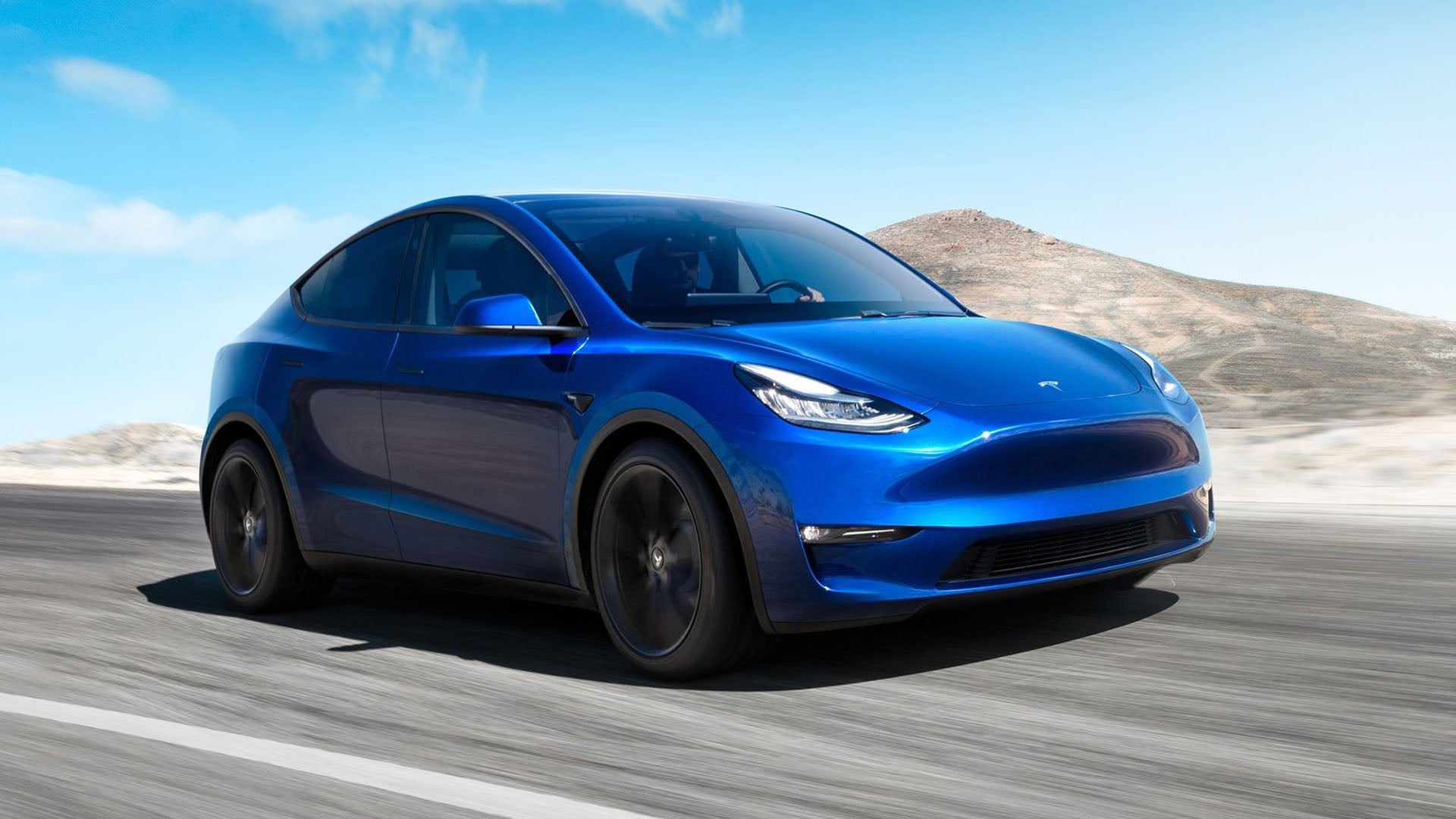

Tesla is ditching the forward-facing radar technology that’s long been used in its Advanced Driver Assistance System (ADAS), Autopilot. The news comes from support documentation found on the automaker’s website.
The new vision-only system, coined Tesla Vision, is the company’s focus on only using data captured by the vehicle’s on-board cameras and processed by machine learning technologies. This means putting radar on the same pedestal as LiDAR, which CEO Elon Musk called “a fool’s errand” during Tesla’s 2019 Autonomy Day presentation, a decision which may cause some Autopilot features to be unavailable while Tesla works out the kinks.

North American market Model 3 and Model Y vehicles built in May 2021 will be the first adopting the change, according to the text. These vehicles will not be equipped with a radar sensing unit to assist in ADAS functionality and instead fully rely on the vehicle’s cameras to provide data for the various features of Tesla’s Autopilot suite to function.
Model S and X, as well as all non-North American vehicles, will continue to have radar installed as part of the factory assembly. Tesla says vehicles currently equipped with radar will continue to utilize data obtained through its function until the automaker determines “the appropriate time” to transition the vehicles to use Tesla Vision.
“We are continuing the transition to Tesla Vision, our camera-based Autopilot system,” writes Tesla on its website. “Beginning with deliveries in May 2021, Model 3 and Model Y vehicles built for the North American market will no longer be equipped with radar. Instead, these will be the first Tesla vehicles to rely on camera vision and neural net processing to deliver Autopilot, Full-Self Driving and certain active safety features.”

Tesla warns that some features may be inactive or temporarily limited upon delivery of vehicles equipped without a radar.
The Autopilot suite’s Autosteer function will be limited to 75 miles per hour and its following distance will be increased. The latter may be a pain point for new owners as other automakers like BMW have previously mentioned that customers often avoid certain optional driver assistance features like Adaptive Cruise Control due to following distance allowing drivers to cut in line.
Tesla may also disable its Emergency Lane Departure Avoidance and its controversial Smart Summon feature. It’s part of Tesla’s $10,000 Full Self-Driving package and allows owners to remotely summon their vehicles while in parking lots or otherwise outside of the cabin, upon delivery.

Elon Musk has always been a huge proponent of vision-based assistance systems, even denouncing the need for LiDAR as other companies that focus on autonomy continued to invest in the technology. However, it’s hard to deny that the data obtained from radar sensors is quite useful to sensing objects when a vision-based system cannot.
For example, when the sun glare is too strong, Autopilot has been known not to engage for some drivers. A compromised dynamic range could potentially lead to the system being unable to detect certain stationary objects, as the system has done in the past. This may be complicated further by poor visibility conditions, such as at-night driving and poor weather.
Tesla’s website previously touted that its radar “passes through fog, dust, rain, snow and under cars,” adding that “radar plays an essential role in detecting and responding to forward objects,” something which may now be a concern to owners who regularly drive in adverse conditions. The automaker has also since seemingly removed a blog post that outlined the advantages of a radar-assisted system. There is no mention of upgrading the in-car cameras to support greater dynamic range or resolution on Tesla’s website at this time.
Additionally, it’s not immediately clear whether a reported “containment hold” of more than 10,000 Tesla vehicles awaiting an unspecified part due to supply chain issues accelerated the move to Tesla Vision.
Got a tip or question for the author? Contact them directly: Rob@TheDrive.com